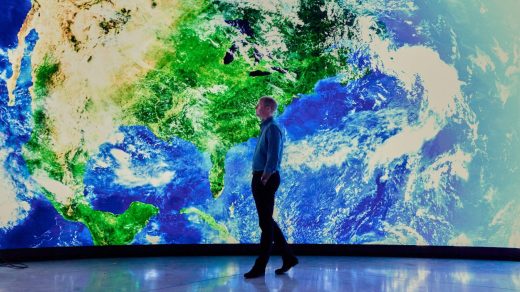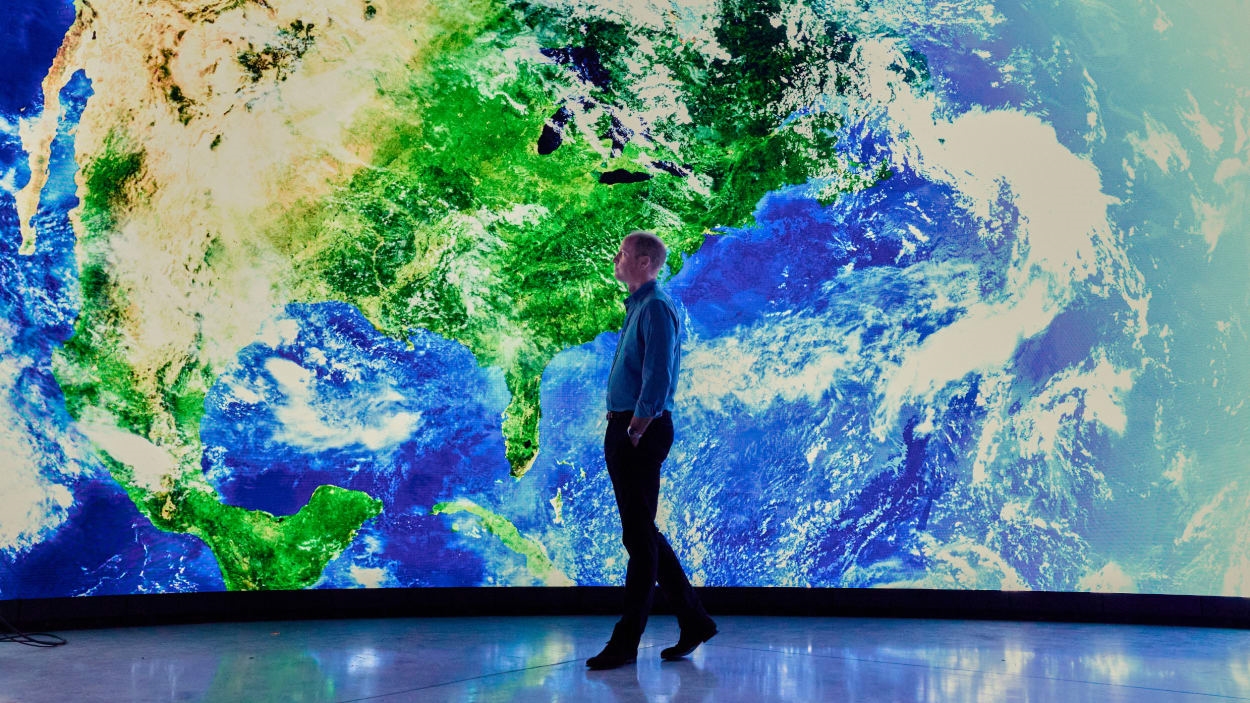5 bold ideas that could help save the planet
Climate change is one of the greatest threats ever to face humanity. With mounting storms, fires, floods, and droughts and the annual disappointment of international negotiations, it’s easy to despair about how bad the future climate will be. But exciting work is being done to find solutions. This is where the Prince of Wales’s Earthshot Prize makes a difference.
The prize celebrates and supports solutions to save the planet by giving each winner $1.2 million to develop their innovations. There are five categories, with three finalists and one ultimate winner in each.
I am a scientist who studies the systems that sustain life on our planet, and I had the privilege of reviewing the nominations and fact-checking the scripts for the BBC broadcast of the awards. I’m confident each winner will aid the effort to preserve a habitable future.
Here are the winners of the Earthshot Prize in each of the categories.
Safe air: Mukuru clean stoves, Kenya
Charlot Magayi grew up in Mukuru, one of the biggest slums in Nairobi, Kenya. She was orphaned at the age of 10 and became a mother at 16. She used a traditional stove fueled by firewood to cook food for her family, a method that creates indoor air pollution and kills over 2 million people worldwide each year.
Her daughter suffered a severe burn from the stove when it fell on her when she was only two. Magayi vowed to develop a safer alternative. She went to college and invented a more stable and efficient stove that uses 60% less fuel and can run on smokeless fuel if available.
Mukuru clean stoves are made from locally sourced waste metal and can reduce toxic air pollution by up to 90% while also reducing carbon emissions. The increased efficiency reduces the burden on women who must spend hours each day collecting firewood.
Adapting to climate change: the greenhouse in a box, India
When Sathya Raghu Mokkapati was just 17 years old, he saw a farmer in his village eating mud. When Mokkapati asked him why, he said: “I’m a farmer, my crops have failed. My stomach doesn’t know that my pocket is empty.”
Mokkapati teamed up with entrepreneur Kaushik Kappagantulu, and the pair spent six months traveling India meeting hundreds of farmers who told the same story: It did not matter how hard they worked, unpredictable weather linked to climate change could wipe out their crops, reduce their income to zero, and leave them to starve.
There are over 600 million farmers globally tending plots smaller than two hectares (about 4 acres), and collectively, they grow nearly a third of the world’s food. As part of an international team, Mokkapati and Kappagantulu created a greenhouse in a box that will help them weather a more turbulent climate.
This pop-up greenhouse protects crops from the elements during the worst weather and even provides irrigation. These portable and durable greenhouses could avert ruin for millions of farmers globally.
A waste-free world: seaweed bioplastics, U.K.
The 400 million tonnes of plastic made this year will eventually break down into microplastics—tiny fragments, smaller than 5 millimeters (or less than a quarter of an inch), that find their way into the ocean, food, and even our blood.
The world urgently needs an alternative to single-use plastic. In a student flat in London in 2012, Pierre Paslier and Rodrigo Garcia González resolved to develop one that was biodegradable. They found a solution in the ocean: seaweed.
Seaweed grows incredibly fast—for some species, over 30 centimeters (or just shy of one foot) a day—and as it grows, it absorbs carbon dioxide from the atmosphere. Conventional plastics are made from fossil fuels, so replacing them with bioplastic made from seaweed will also help reduce climate change. Paslier and Garcia González have already made edible liquid sachets and takeaway boxes.
Reviving the ocean: indigenous rangers, Australia
Indigenous people of Australia do not separate the land and sea, but instead, see them as one body—an insight that accurately captures how ecosystems are interconnected. The Queensland indigenous women’s ranger network draws from more than 60,000 years of such traditional knowledge to conserve ecosystems and train others to do so, too.
The rangers rescue and rehabilitate species on the Great Barrier Reef, such as sea turtles that are caught in fishing nets or have ingested plastic. They also protect and restore seagrass meadows. These underwater meadows, composed of plants that flower and are pollinated like many of those on land, can bury carbon in the seabed much faster than tropical rainforests.
Fixing the climate: turning CO2 into rock, Oman
Talal Hasan grew up in Oman with its pristine beaches, corals, and desert. He was shocked to discover a dead zone about the size of Florida off the country’s coast with little or no oxygen. As CO2 emissions increase and the ocean warms, this lifeless zone is growing.
Hasan teamed up with Professor Juerg Matter of Southampton University to capture CO2 from the atmosphere, dissolve it in water, and inject it into rocks underground where it reacts with peridotite—a coarse rock found deep in Earth’s mantle—to form a stable mineral. This permanently removes carbon from the atmosphere. Oman has one of the world’s largest deposits of peridotite, and the process is much safer and cheaper than traditional approaches to storing carbon, which include pumping it into disused oil wells.
All five deserved to win. While the Earthshot prize supports the runners-up to develop their solutions, I feel there could be seed funding to make their ideas go even further.
Life is harsh and cruel for so many. Where I live in the U.K., people are having to choose between heating their home and feeding their family. Elsewhere, war and unrest consume everyday life, and the logic of climate change tells us that while extreme weather had already made millions of people homeless and destitute, the future promises far worse. The Earthshot prize reminds us all of the inventiveness of humans and our capacity to find solutions in even the darkest times.
Mark Maslin is a professor of earth system science at UCL.
This article is republished from The Conversation under a Creative Commons license. Read the original article.
(27)



